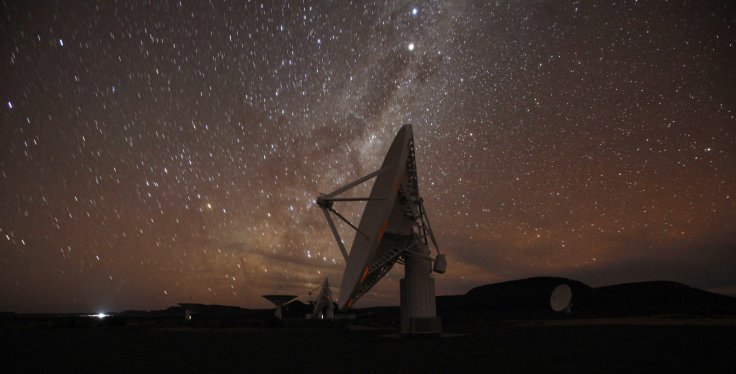
The search for extra-terrestrial life remains a never-ending process till scientists discover life in outer space. But there are some mysterious signals, which originated in outer space and rekindled the interest in alien life recurrently.
If these signals were sent by aliens, then going by MIT radio astronomer John A. Ball's "Zoo Theory", where he said that these entities don't want to interfere in our daily activity but only want to monitor us like a zookeeper of a cosmic 'zoo', is valid as ever.
However, here is the list of those unexplained signals, including some famous ones, received by researchers over the years.
1967: The Search for Extra-Terrestrial Intelligence (SETI) discovers Pulsars - Cambridge radio astronomers discovered a new type of radio source in 1967, which few of the members believed might have emanated from an extra-terrestrial intelligence.
1977: WOW! Signal - In August, Ohio State University's Big Ear radio telescope in the US receives a strong narrowband radio signal, known as "WOW! Signal" from the constellation Sagittarius and bore the expected hallmarks of extra-terrestrial origin.
2003: SHGb02+14a - SETI astronomers discover an astronomical radio source named SHGb02+14a. The signal, observed three times, purportedly originated from an area that has no stars within 1000 light years.
2007: Lormier Bursts - A group of astronomers discover the first of the "Lormier Bursts" while analysing data from the Parkes radio telescope. The team again finds a radio burst recorded in 2001 from an anonymous source billions of light years away, beyond our galaxy.
2007: Fast Radio Bursts (FRBs) - Scientists detect the first FRBs, with the energy equivalent of 500 million suns. The source of these radio bursts is actually a dense stellar core called a neutron star near an extraordinarily powerful magnetic field.
2009: Cosmic Roar - Scientists at NASA's Goddard Space Flight Center send a machine called ARCADE into space on a giant balloon to search of radiation from the universe's earliest stars. The instrument detects a mysterious roar of cosmic radio noise but the origin of the signal remains unknown still.









